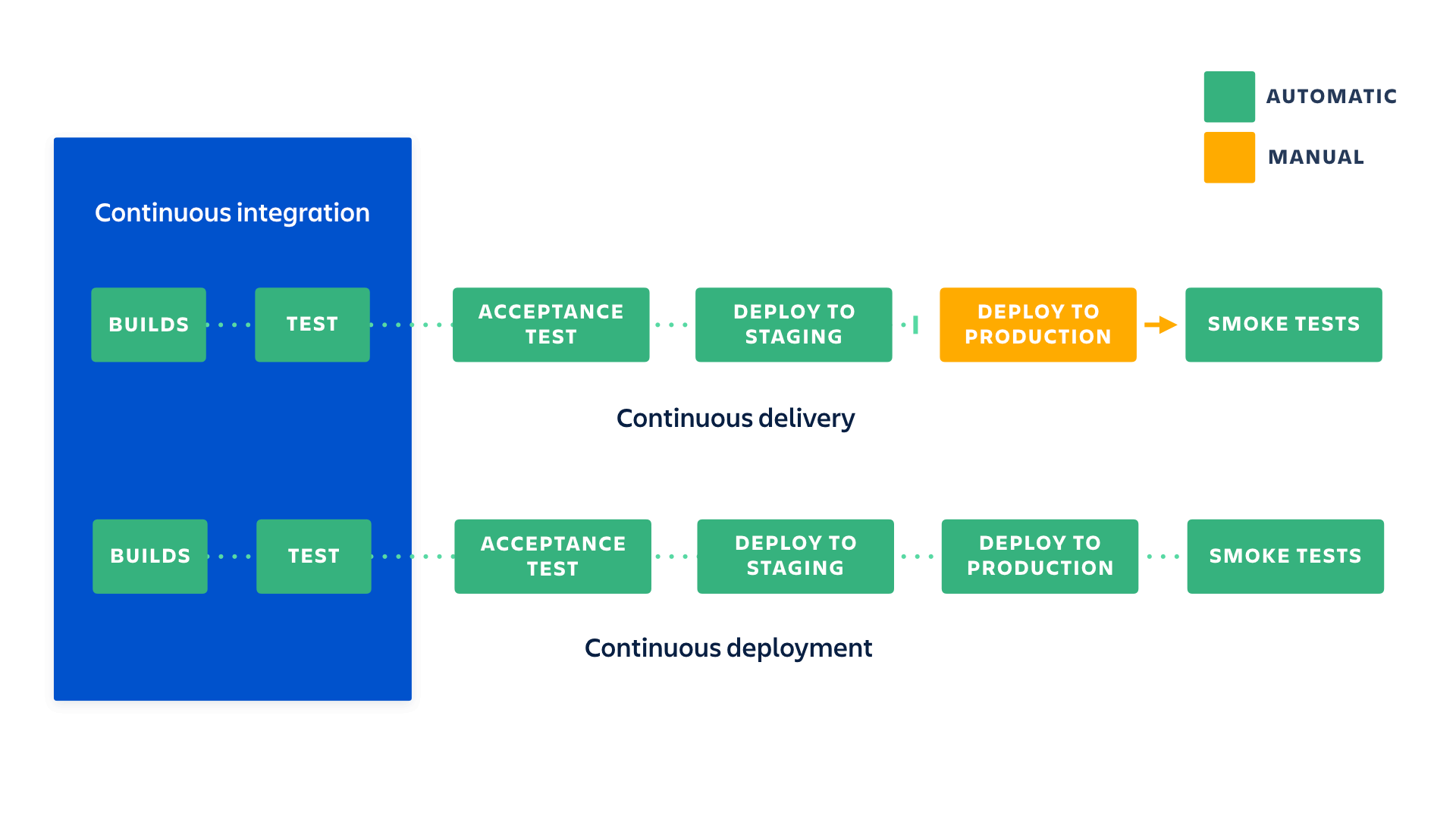
Streamlining Development with CI/CD for Efficient Deployments
In the fast-paced world of software development, staying ahead requires adopting methodologies that enhance efficiency and reliability. Continuous Integration and Continuous Deployment (CI/CD) have emerged as indispensable practices, providing a seamless path from code development to production deployment.
The Essence of Continuous Integration
Continuous Integration (CI) stands as the cornerstone of modern software development. Its primary goal is to integrate code changes frequently, ensuring that the team collaboratively works on a shared codebase. This integration happens automatically, and with each code push, developers receive immediate feedback on potential conflicts or issues. The result is a more cohesive and reliable codebase, reducing the likelihood of integration problems during the later stages of development.
Automating the Build and Test Process
One of the key features of CI is the automated build and test process. Developers no longer need to manually compile and test their code; instead, CI systems take care of this automatically. This ensures that any changes introduced into the codebase do not break existing functionalities. The automated build and test processes catch errors early in the development cycle, minimizing the debugging effort required later on.
Continuous Deployment: Taking Integration Further
While CI focuses on code integration and automated testing, Continuous Deployment (CD) extends the benefits by automating the deployment process. CD takes the integrated code and automatically pushes it to production, eliminating manual intervention and reducing the risk of errors introduced during deployment. This rapid and automated deployment pipeline ensures that new features and bug fixes reach end-users swiftly.
Blue-Green Deployment Strategy
One of the strategies employed in CD is the Blue-Green Deployment. This approach involves maintaining two separate environments: the “Blue” environment, which is the current production environment, and the “Green” environment, which hosts the new version of the application. By switching between these environments, deployment becomes a low-risk process. If any issues arise, reverting to the previous version is a simple switch away.
Canary Deployment for Controlled Rollouts
Canary Deployment is another CD strategy that involves releasing new features or updates to a small subset of users before deploying to the entire user base. This gradual release allows teams to monitor the performance and identify potential issues early on. If any problems arise, they can be addressed before a full-scale deployment, minimizing the impact on the user experience.
A/B Testing for Informed Decision-Making
In the realm of CI/CD, A/B testing plays a crucial role in understanding user preferences and optimizing features. By deploying two versions (A and B) of an application to different user groups, teams can collect data on user interactions and preferences. This data-driven approach enables informed decision-making, ensuring that only the most effective features make their way to the broader user base.
Linking CI/CD for Optimal Software Development
Continuous Integration and Continuous Deployment work hand in hand to create a streamlined development and deployment pipeline. With CI ensuring code quality through automated testing and integration, CD takes over to automate the deployment process, resulting in faster and more reliable releases.
To implement CI/CD effectively, teams often leverage tools and platforms designed for these purposes. One such platform is Continuous integration and continuous deployment (CI/CD), which provides a comprehensive suite of features to automate and optimize the entire software development lifecycle.
Conclusion: Embracing the Future of Development
In conclusion, adopting CI/CD methodologies is no longer just a choice for software development teams—it’s a necessity. The efficiency, reliability, and speed offered by these practices empower teams to deliver high-quality software continuously. As the landscape of technology evolves, CI/CD stands as a fundamental framework for those who seek to stay ahead in the ever-changing world of software development.
